Home>Gardening & Outdoor>Outdoor Recreation & Activities>How Do You Get Rid Of Algae In A Swimming Pool
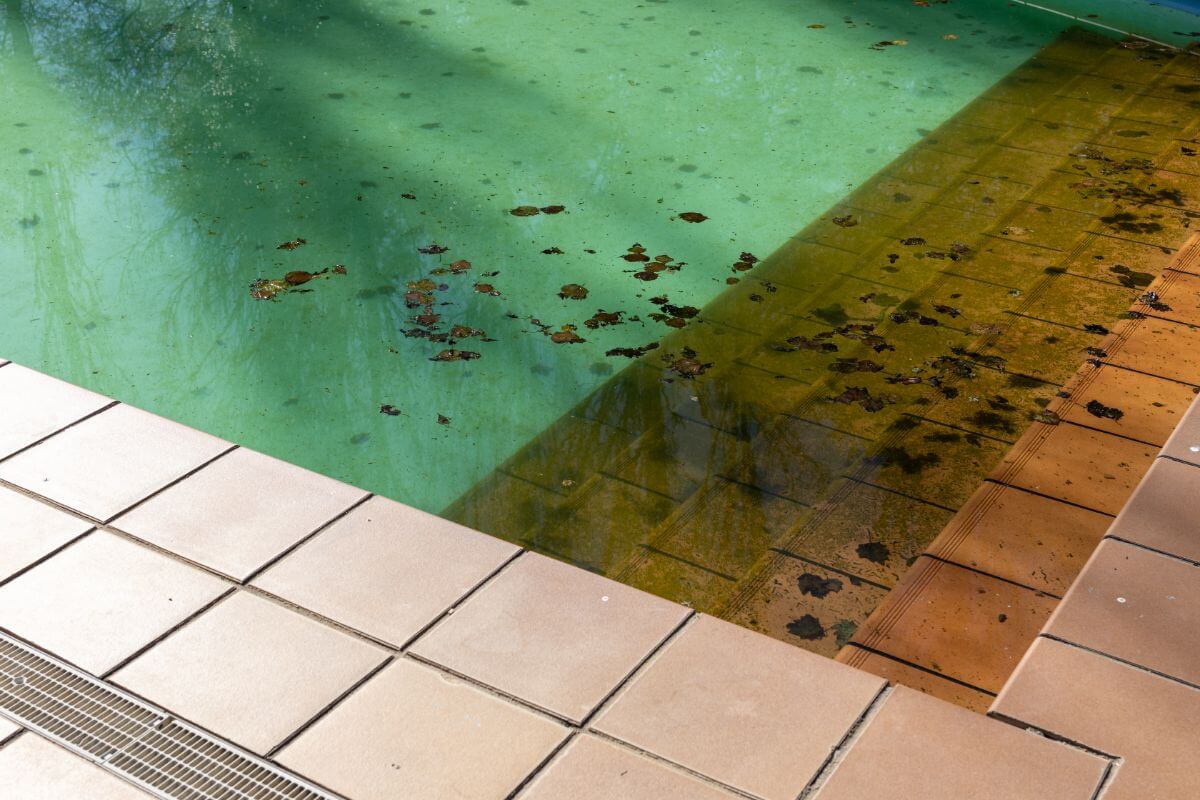

Outdoor Recreation & Activities
How Do You Get Rid Of Algae In A Swimming Pool
Published: February 18, 2024
Learn effective methods to eliminate algae in your swimming pool and keep it clean for enjoyable outdoor recreation and activities. Discover expert tips and products to maintain a pristine pool environment.
(Many of the links in this article redirect to a specific reviewed product. Your purchase of these products through affiliate links helps to generate commission for Storables.com, at no extra cost. Learn more)
Introduction
Maintaining a sparkling, inviting swimming pool is a cherished goal for any pool owner. However, the presence of algae can quickly turn this dream into a nightmare. Algae, a common nuisance in swimming pools, can transform the crystal-clear water into a murky, green-tinged mess. Dealing with algae infestations requires a combination of preventive measures and effective treatment strategies.
In this comprehensive guide, we will delve into the world of algae in swimming pools, exploring the factors that contribute to its growth, the preventive measures that can be taken, and the methods for eradicating it once it takes hold. By understanding the nature of algae and implementing the right strategies, you can reclaim your pool's pristine condition and ensure that it remains a source of enjoyment and relaxation for you and your guests.
Let's embark on this journey to uncover the secrets of maintaining a sparkling, algae-free swimming pool.
Key Takeaways:
- Keep your pool algae-free by maintaining proper circulation, balancing chemicals, and routine cleaning. Swift action and the right treatment can restore your pool to a pristine condition.
- Understanding algae and its removal process is crucial for a sparkling, inviting swimming pool. Proactive prevention and effective treatment strategies are key to enjoying a clear, safe pool environment.
Understanding Algae in Swimming Pools
Algae, a simple non-flowering plant organism, is a common nuisance in swimming pools. It thrives in warm, sunlit environments and can quickly take over a pool if left unchecked. There are several types of algae that can plague swimming pools, with green, black, and yellow algae being the most prevalent.
Green algae, also known as "swimming pool algae," is the most common type found in pools. It typically appears as a greenish film on the pool walls and floor, giving the water a cloudy or greenish hue. Black algae, on the other hand, is more stubborn and can form deep-rooted colonies in cracks and crevices. Yellow algae, often mistaken for sand or pollen, can cling to pool surfaces and is known for its resilience to normal chlorine levels.
Understanding the factors that contribute to algae growth is crucial for effective prevention and treatment. Algae thrives in the presence of sunlight, warm temperatures, and stagnant water. Insufficient pool circulation, inadequate sanitation, and imbalanced water chemistry can create the perfect breeding ground for algae. Additionally, organic debris such as leaves, pollen, and sunscreen residues provide nutrients that fuel algae growth.
It's important to note that algae growth is not only unsightly but also poses health risks. Algae can harbor harmful bacteria and compromise water quality, potentially leading to skin irritations and other health issues for swimmers.
By gaining a deeper understanding of the nature of algae and its preferred habitat, pool owners can take proactive measures to prevent its proliferation. This includes maintaining proper water circulation, regularly testing and balancing chemical levels, and diligently removing organic debris.
In the next section, we will explore the proactive measures that can be taken to prevent algae growth and maintain a pristine swimming pool environment.
Preventing Algae Growth
Preventing algae growth in a swimming pool is a proactive endeavor that involves a combination of meticulous maintenance practices and strategic measures to create an environment that is inhospitable to algae. By implementing the following preventive strategies, pool owners can significantly reduce the likelihood of algae infestations and maintain a clear, inviting pool environment.
1. Maintain Proper Water Circulation
Efficient water circulation is essential for preventing algae growth. Stagnant water provides an ideal breeding ground for algae, allowing spores to settle and proliferate. To promote adequate circulation, ensure that the pool's pump and filtration system are functioning optimally. Regularly clean the skimmer and pump baskets to prevent debris buildup that can impede water flow.
2. Monitor and Balance Chemical Levels
Maintaining proper chemical balance is paramount in preventing algae growth. Regularly test the pool water for pH, chlorine, and alkalinity levels, and adjust as needed to keep them within the recommended ranges. Chlorine, in particular, plays a crucial role in inhibiting algae growth, so it's essential to maintain adequate levels while avoiding over-chlorination, which can irritate swimmers' skin and eyes.
3. Routine Cleaning and Brushing
Regularly brushing and vacuuming the pool surfaces and floor helps prevent algae from taking hold. Algae spores can settle and start to grow in hard-to-reach areas, so diligent brushing and cleaning can dislodge and remove them before they have a chance to proliferate.
4. Proper Filtration Maintenance
Clean and maintain the pool's filtration system according to the manufacturer's recommendations. A clean filter is essential for removing debris and algae spores from the water, preventing them from settling and establishing colonies.
5. Remove Organic Debris
Leaves, pollen, and other organic debris provide nutrients that fuel algae growth. Skim the pool's surface regularly to remove debris, and use a pool vacuum to eliminate any debris that has sunk to the bottom. Additionally, consider using a pool cover when the pool is not in use to minimize the introduction of organic matter.
6. UV Sterilization
Consider installing a UV sterilization system, which uses ultraviolet light to destroy algae and other microorganisms in the water. UV sterilization can be an effective complement to traditional chemical treatments, providing an additional layer of protection against algae growth.
By diligently implementing these preventive measures, pool owners can create an environment that is inhospitable to algae, significantly reducing the likelihood of infestations and ensuring a consistently clear and inviting swimming pool.
Read more: What Causes Algae In A Swimming Pool
Removing Algae from a Swimming Pool
Dealing with an algae infestation in a swimming pool can be a daunting task, but with the right approach, it is possible to eradicate algae and restore the pool to its pristine condition. When faced with the presence of algae, prompt and thorough action is essential to prevent its spread and ensure effective removal.
1. Identify the Type of Algae
Before initiating the removal process, it is important to identify the type of algae present in the pool. Different types of algae may require specific treatment methods, so a clear understanding of the algae species is crucial for effective eradication.
2. Brushing and Scrubbing
For surface-dwelling green algae, thorough brushing and scrubbing of the pool walls and floor can help dislodge the algae and expose it to the treatment chemicals. Use a stiff-bristled brush to target the affected areas, loosening the algae and preparing it for the next steps.
3. Shock Treatment
Shocking the pool with a high dose of chlorine is a common method for eliminating algae. This process, known as super chlorination, involves raising the chlorine levels in the pool to a point where it effectively kills the algae. It is important to follow the manufacturer's guidelines for shock treatment and allow sufficient time for the chlorine to work its magic.
4. Algaecide Application
In cases of persistent algae infestations, the use of algaecides can provide an additional layer of treatment. Algaecides are specially formulated chemicals designed to target and kill algae. When using algaecides, it is crucial to follow the instructions carefully and avoid overuse, as excessive algaecide can lead to foaming and other water quality issues.
5. Filtration and Vacuuming
Throughout the algae removal process, it is essential to maintain the pool's filtration system and regularly vacuum the pool to remove the dead algae and prevent its re-establishment. Clean or backwash the filter as needed to ensure optimal efficiency in removing the algae particles from the water.
6. Retest and Balance Chemical Levels
After the algae removal process, it is important to retest the pool water and rebalance the chemical levels. This includes adjusting the pH, chlorine, and alkalinity levels to ensure that the water is safe and inviting for swimmers while preventing future algae growth.
By diligently following these steps and remaining vigilant in the maintenance of the pool, it is possible to effectively remove algae and restore the pool to its pristine state. Regular monitoring and preventive measures can help minimize the risk of future algae infestations, allowing pool owners to enjoy a clear, inviting swimming pool environment.
Conclusion
In conclusion, maintaining a pristine, algae-free swimming pool requires a proactive approach that encompasses preventive measures and effective treatment strategies. By understanding the nature of algae and the conditions that promote its growth, pool owners can take proactive steps to create an environment that is inhospitable to algae. This includes maintaining proper water circulation, monitoring and balancing chemical levels, routine cleaning and brushing, proper filtration maintenance, removing organic debris, and considering the use of UV sterilization as an additional layer of protection.
In the event of an algae infestation, prompt and thorough action is essential to prevent its spread and ensure effective removal. Identifying the type of algae present, thorough brushing and scrubbing, shock treatment, algaecide application, and diligent filtration and vacuuming are key steps in eradicating algae from the pool. Following these steps, retesting and rebalancing the chemical levels is crucial to prevent future algae growth and maintain a clear, inviting pool environment.
By diligently implementing these preventive measures and effective treatment strategies, pool owners can enjoy a sparkling, algae-free swimming pool that provides a safe and enjoyable environment for swimmers. Regular maintenance, proactive monitoring, and swift action in the face of algae infestations are essential for preserving the beauty and functionality of a swimming pool.
In the pursuit of an algae-free pool, knowledge, diligence, and a proactive mindset are the most valuable tools. With the insights and strategies outlined in this guide, pool owners can confidently navigate the challenges posed by algae and ensure that their swimming pool remains a source of relaxation, enjoyment, and rejuvenation for years to come.
Frequently Asked Questions about How Do You Get Rid Of Algae In A Swimming Pool
Was this page helpful?
At Storables.com, we guarantee accurate and reliable information. Our content, validated by Expert Board Contributors, is crafted following stringent Editorial Policies. We're committed to providing you with well-researched, expert-backed insights for all your informational needs.
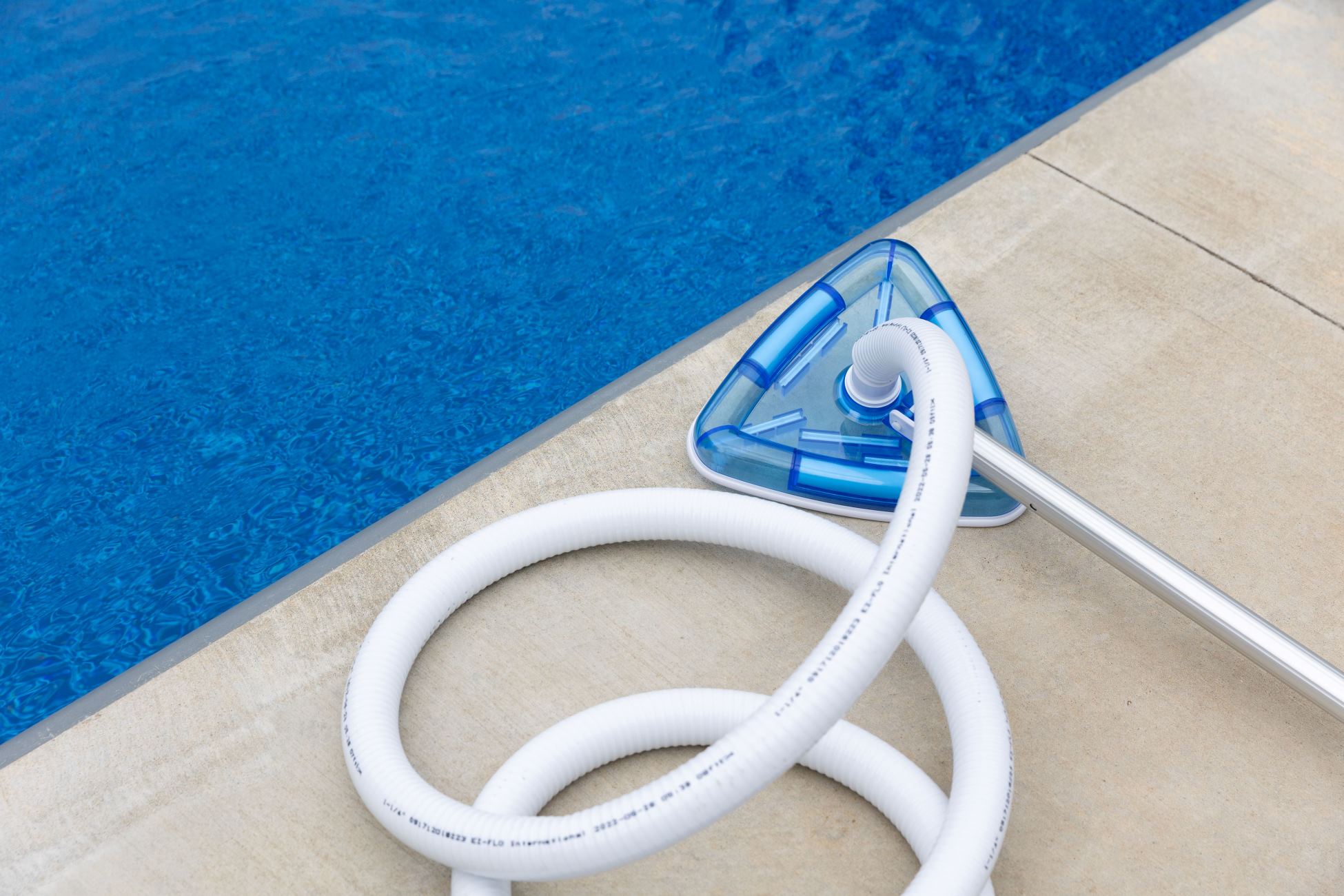
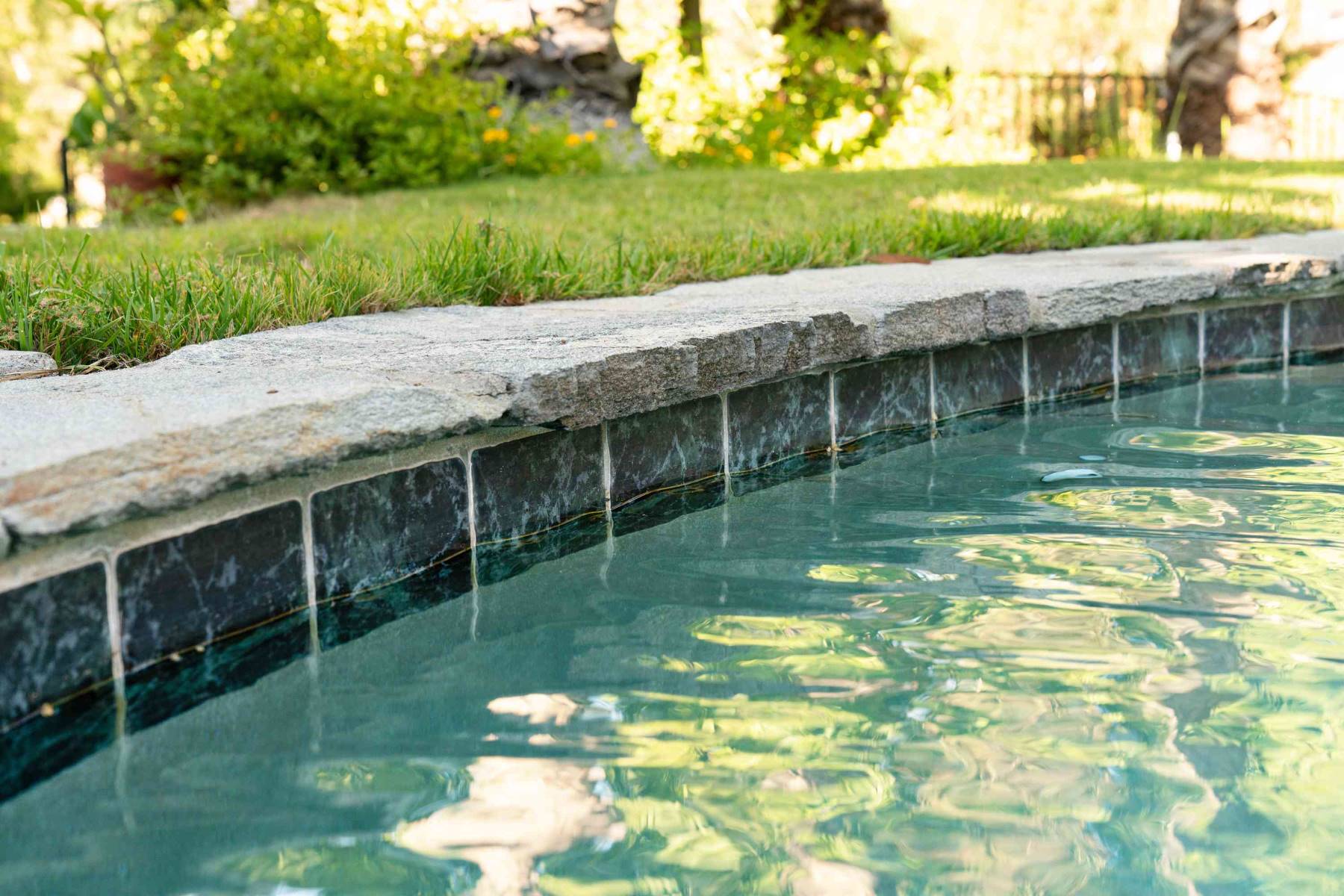
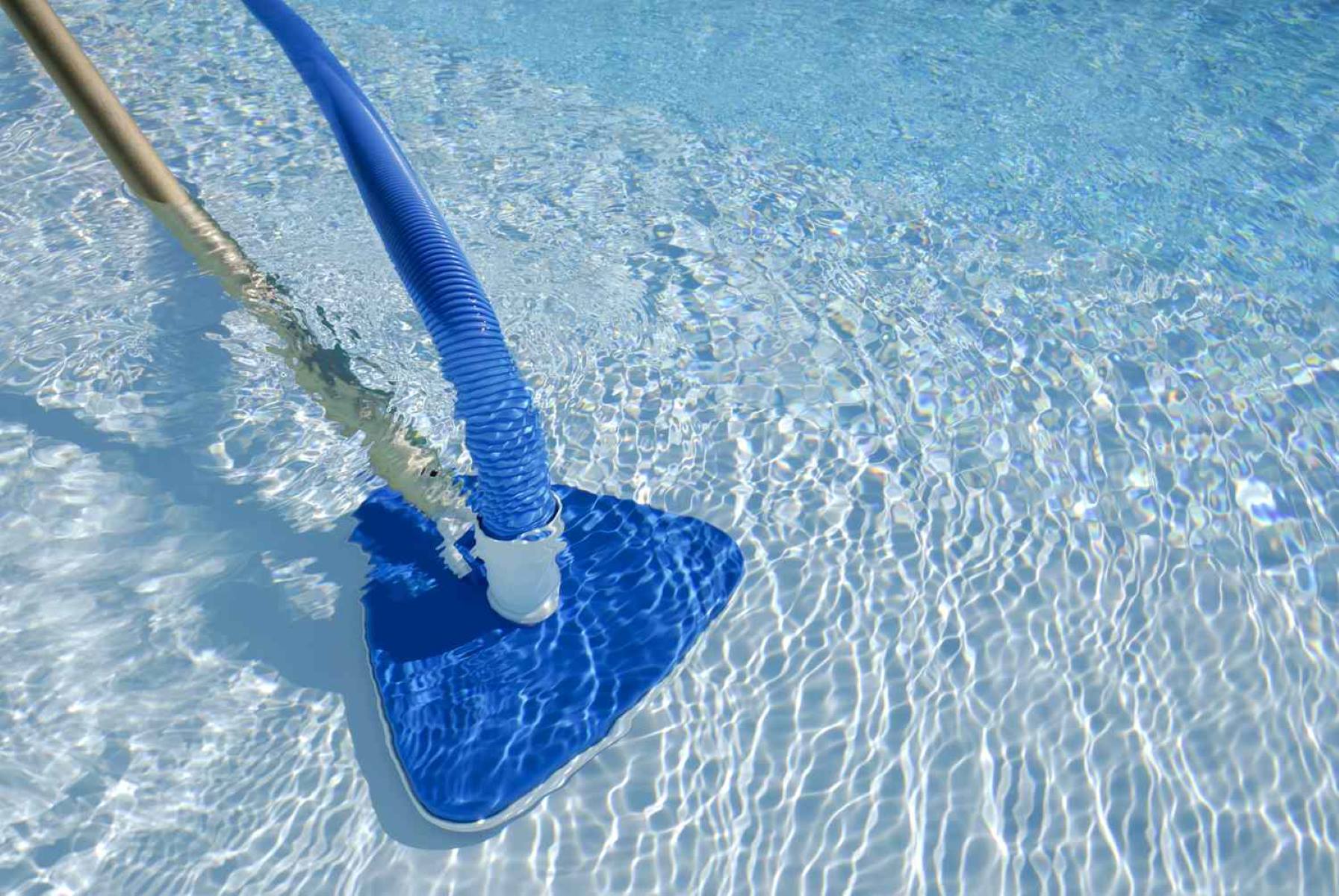
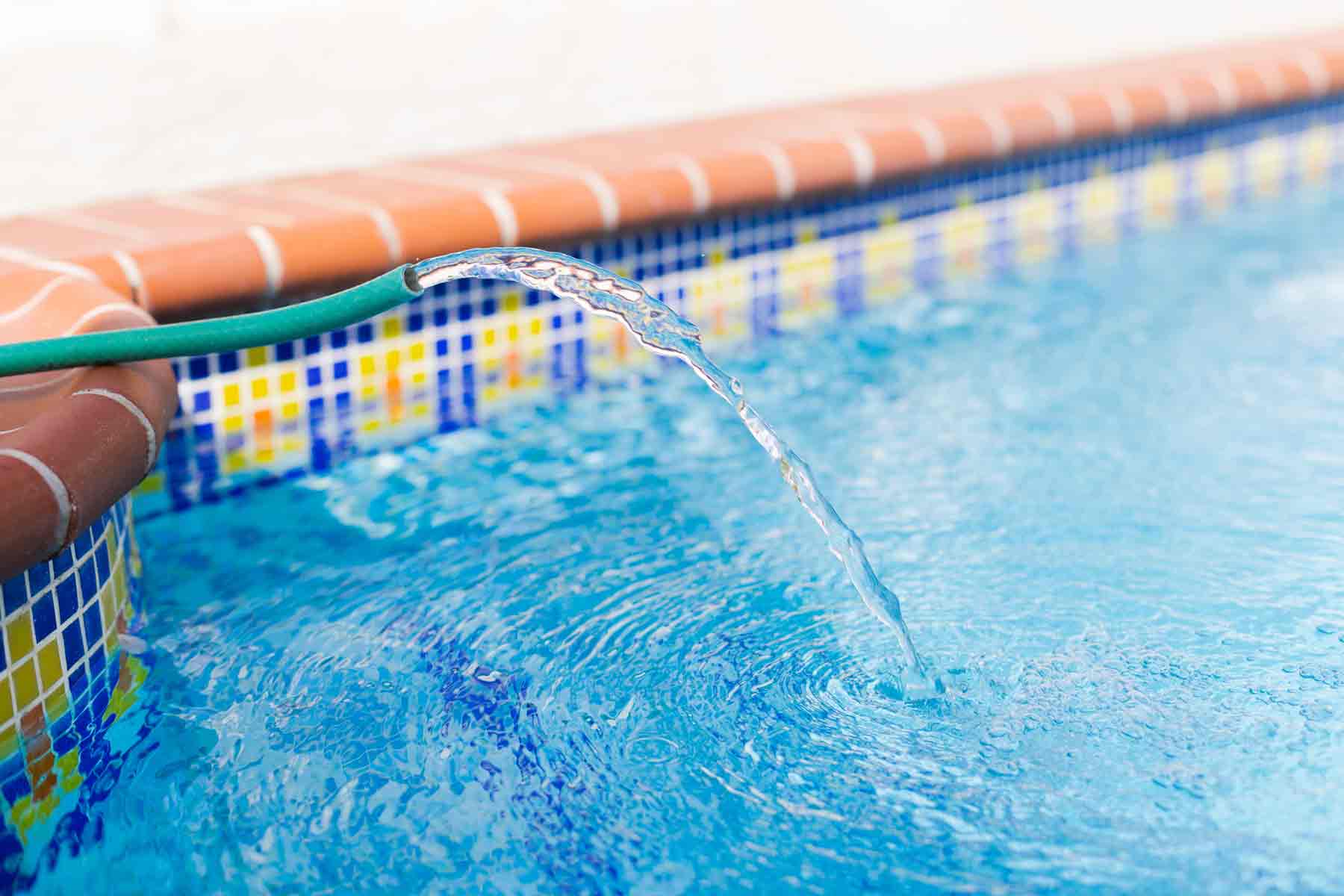
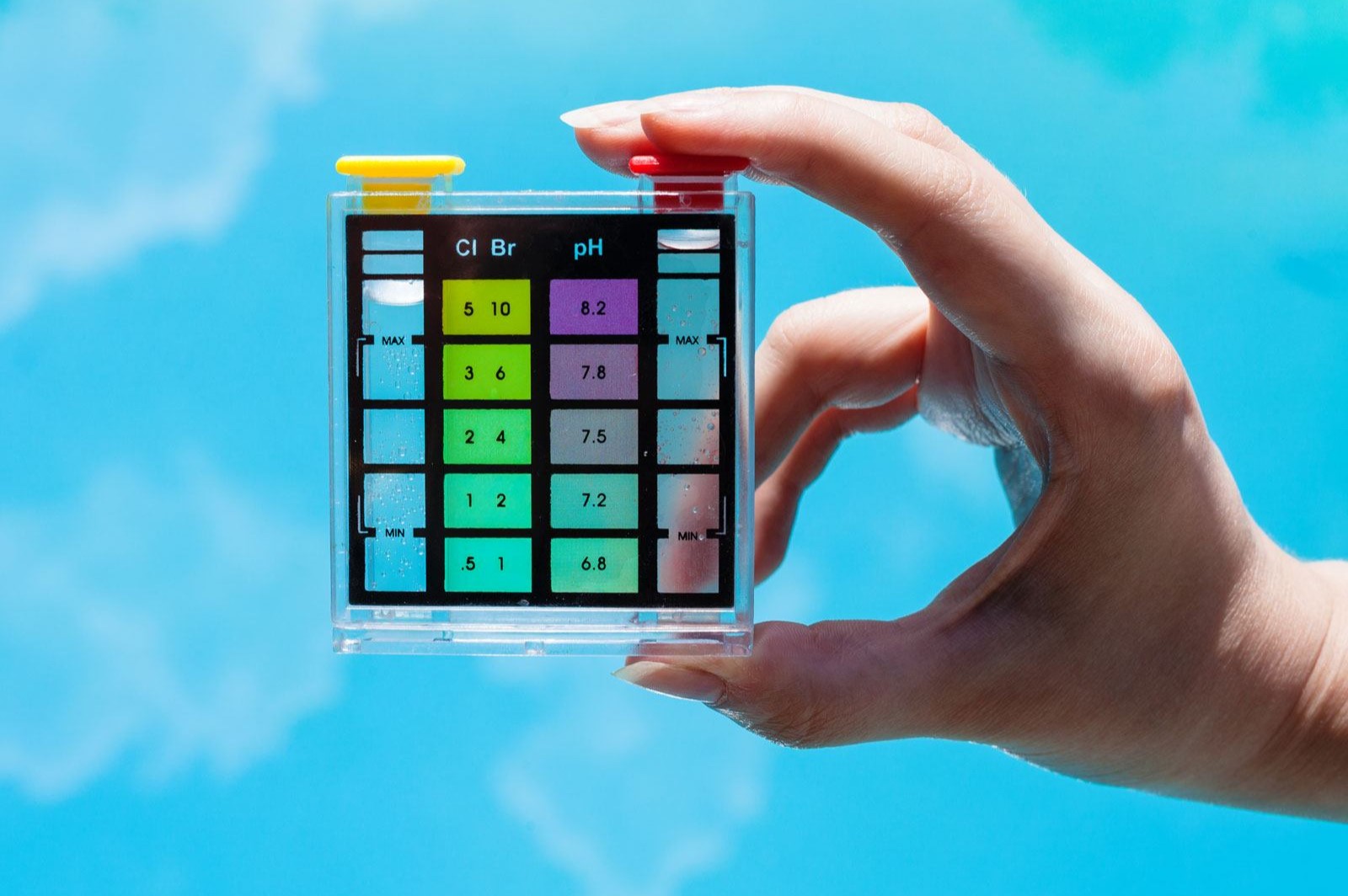
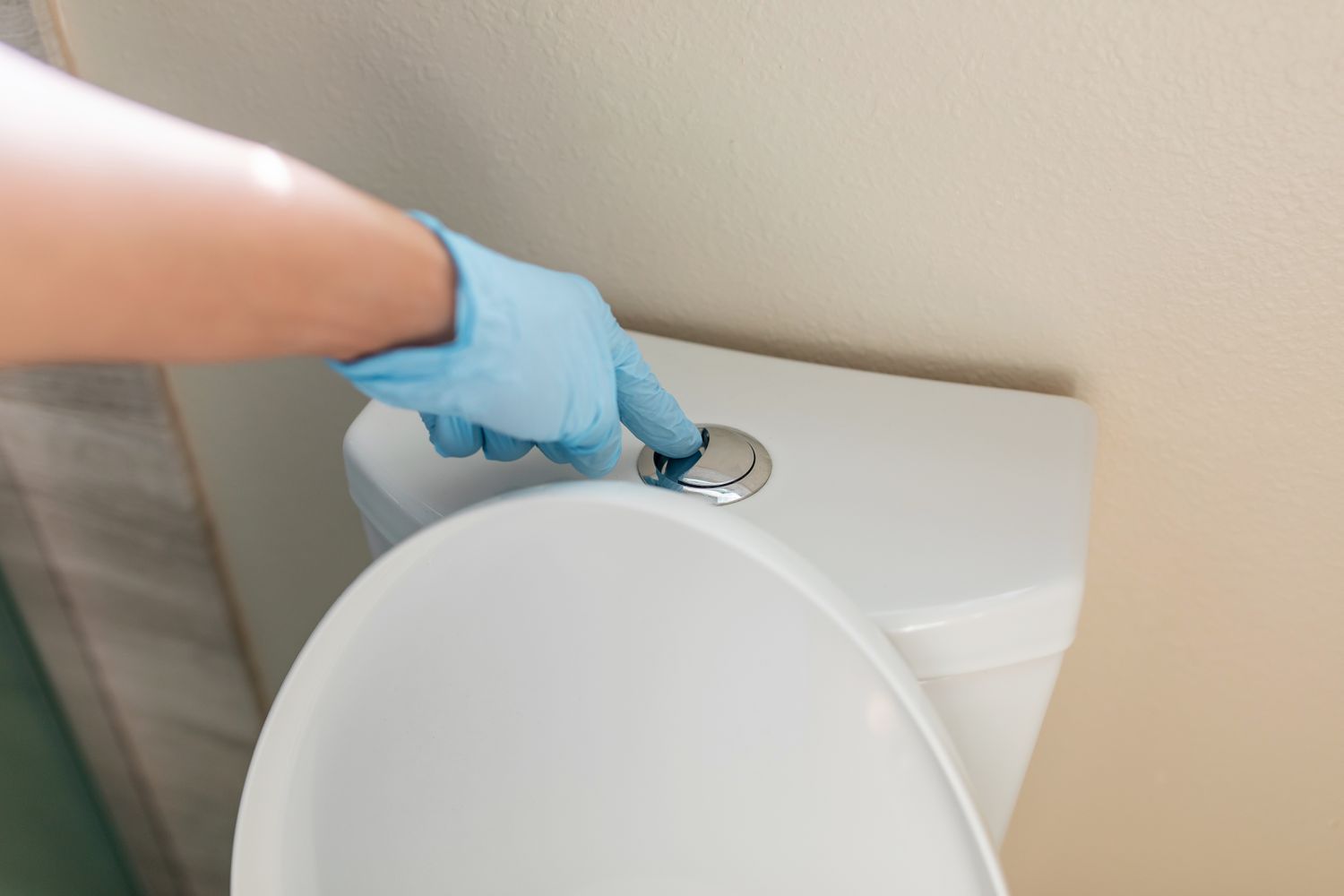
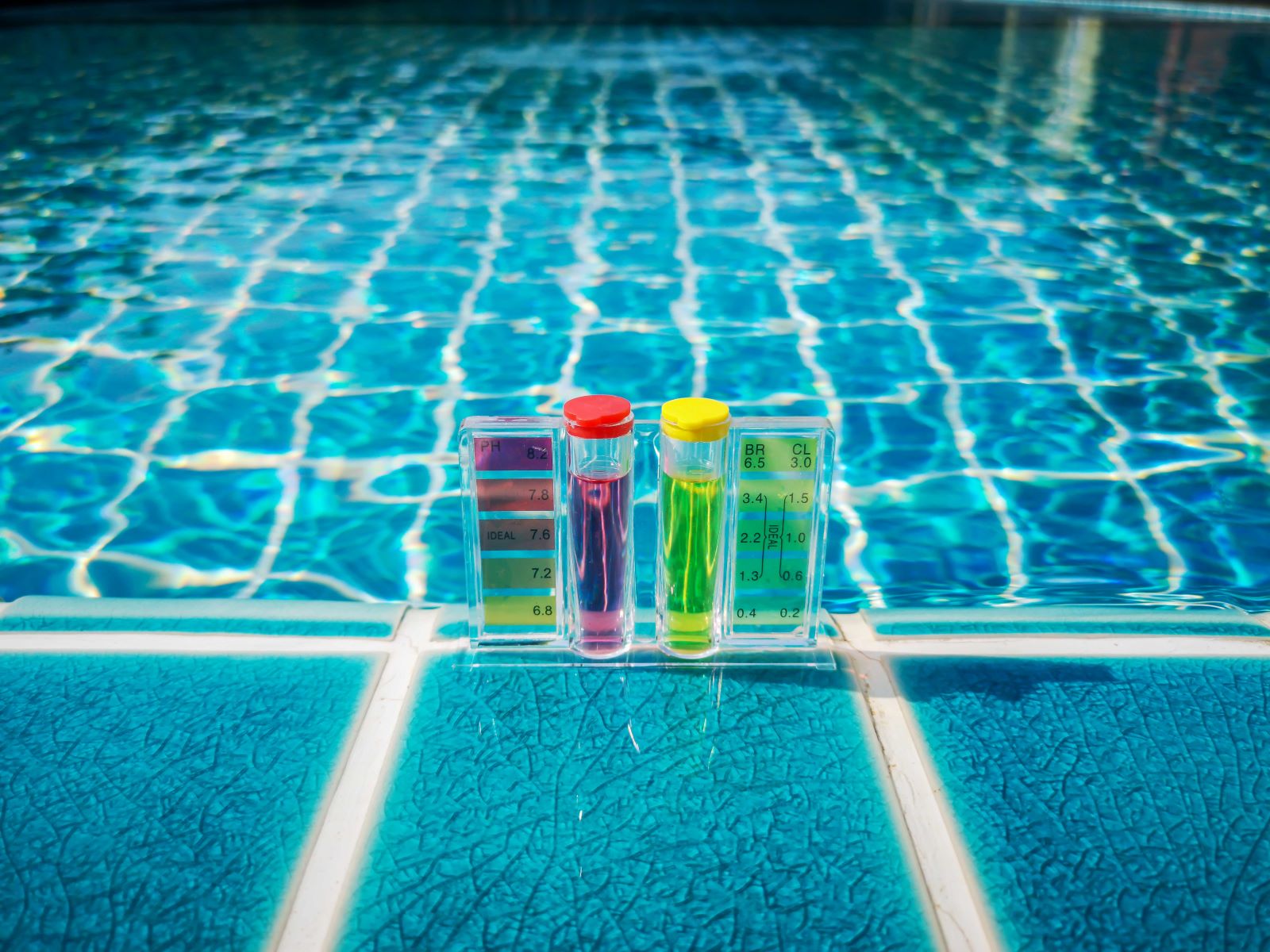
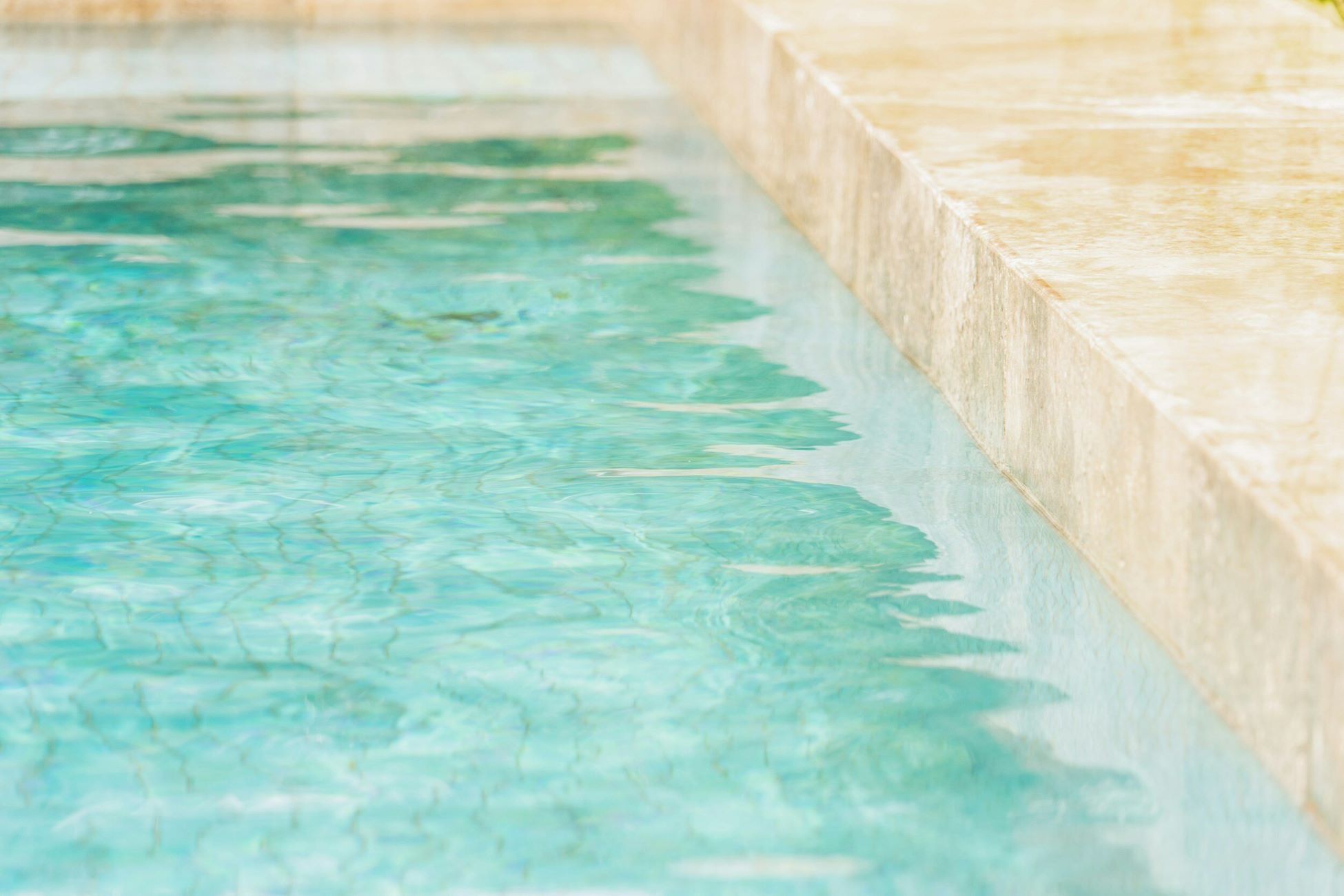
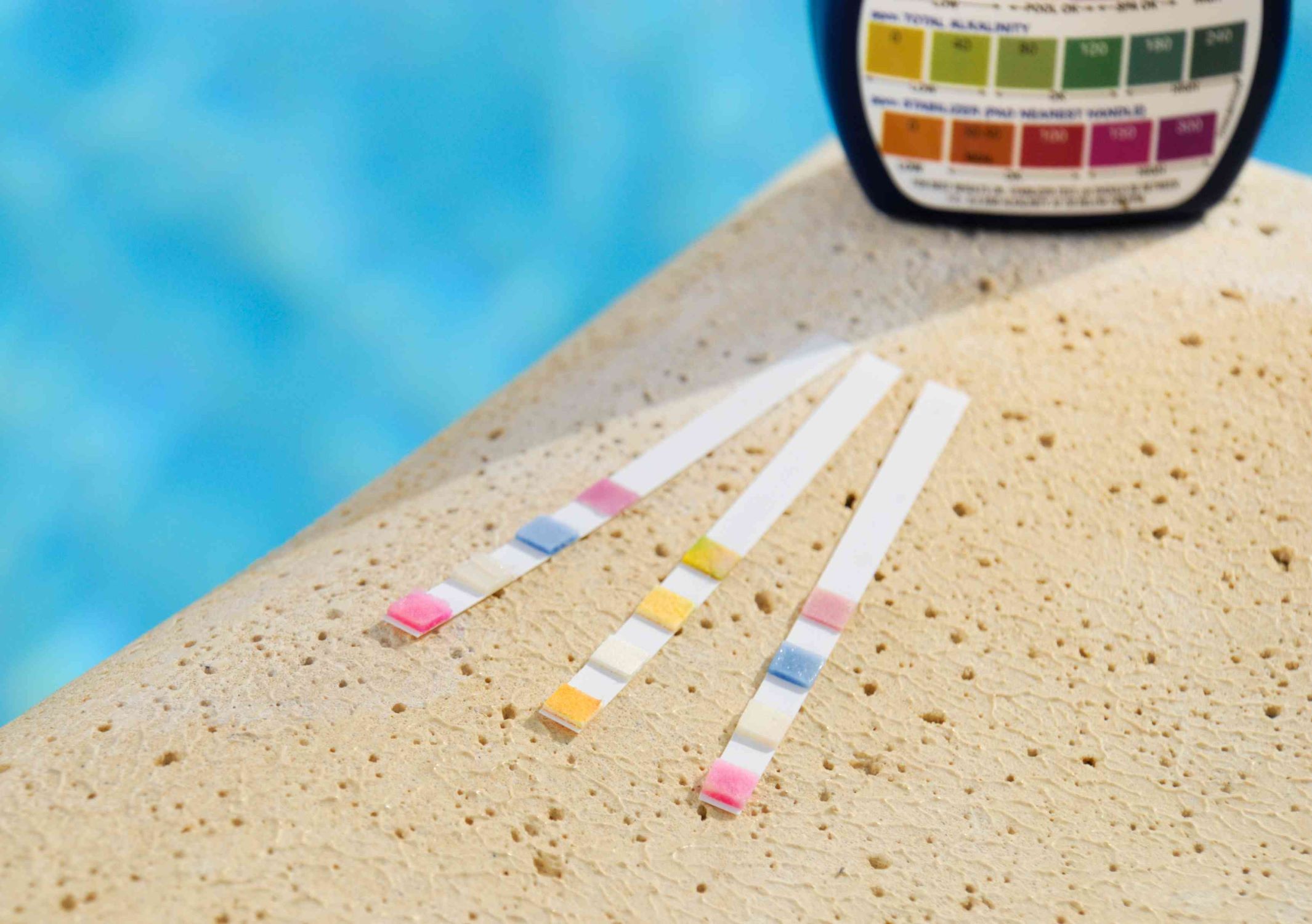
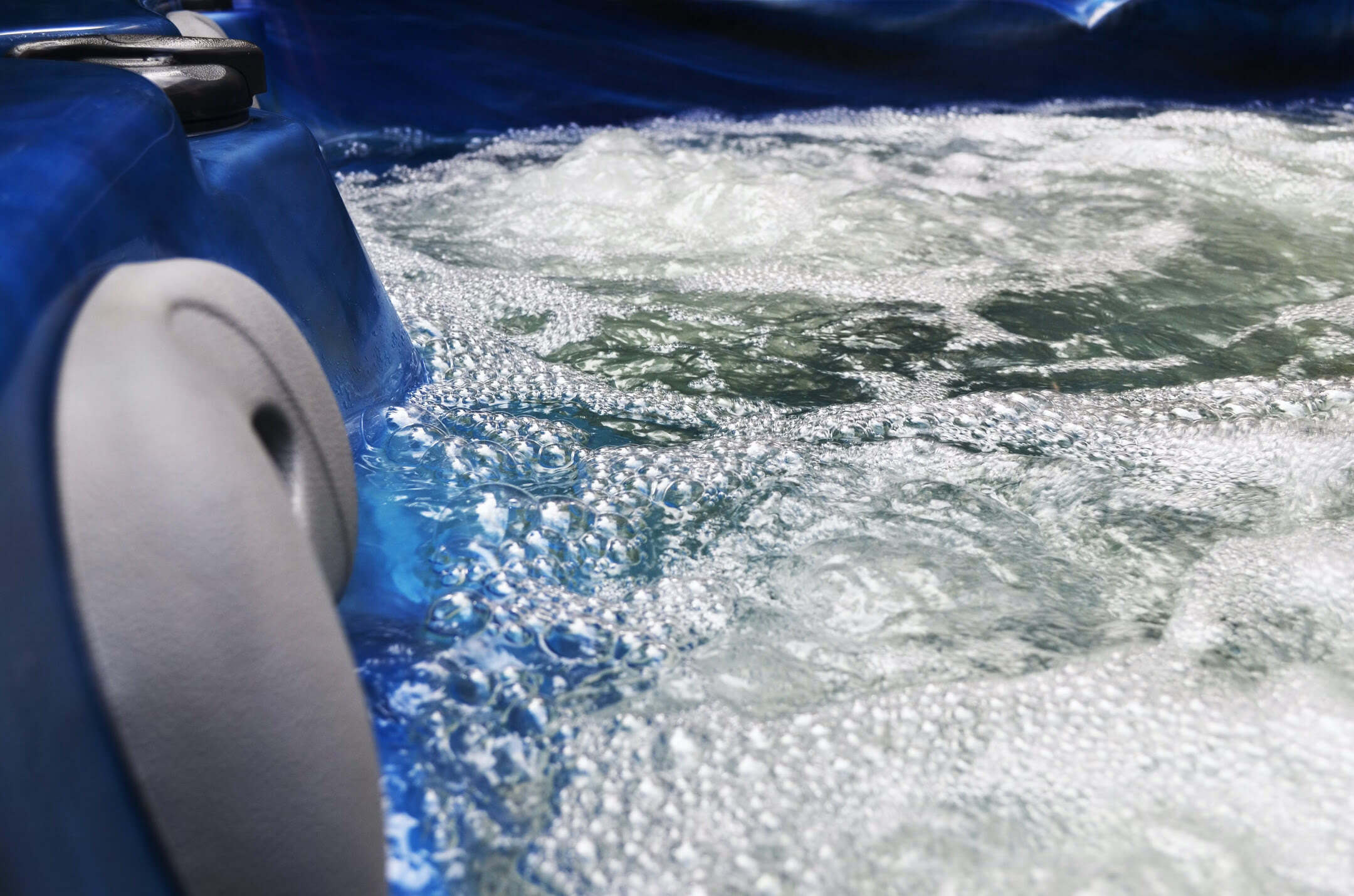

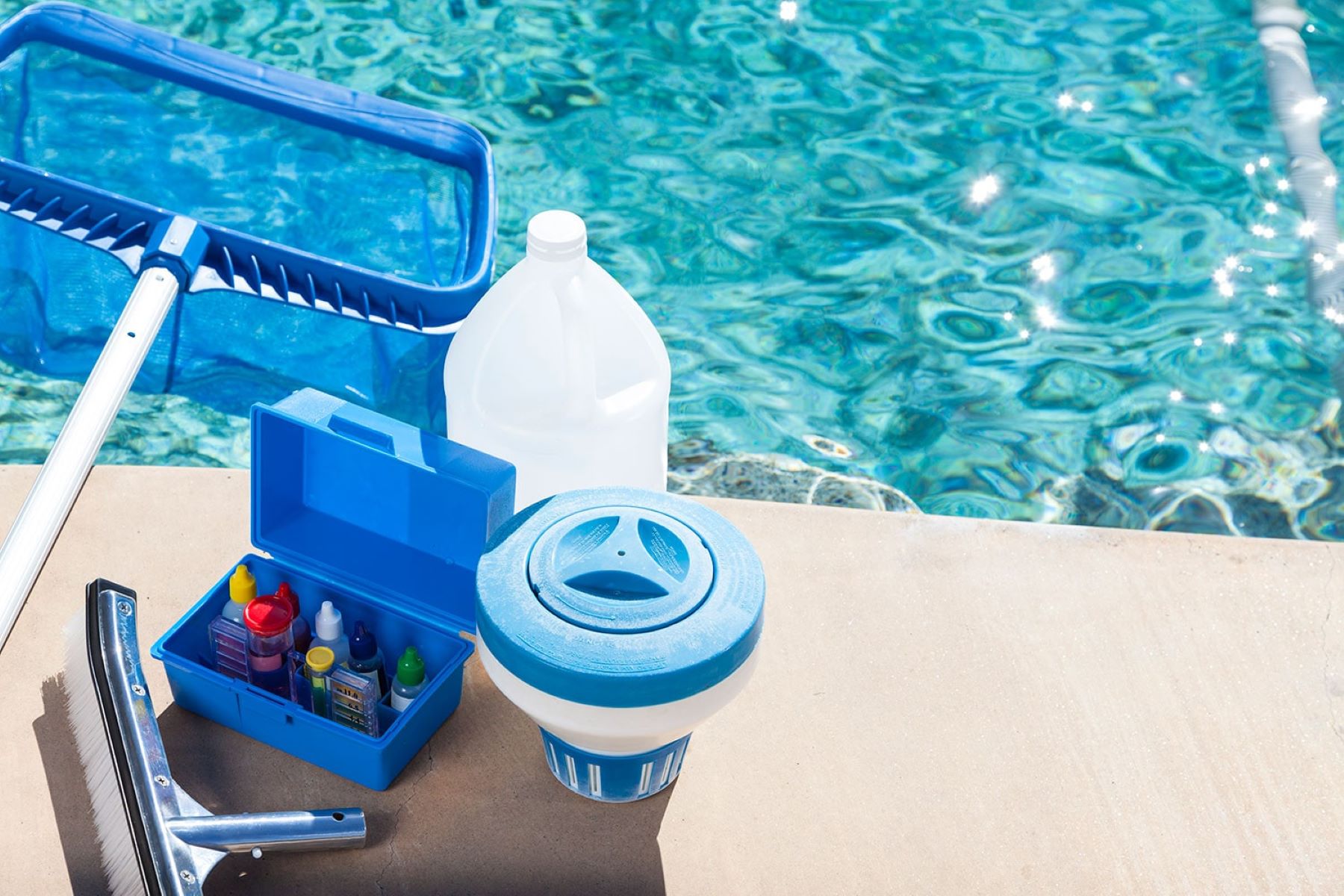

0 thoughts on “How Do You Get Rid Of Algae In A Swimming Pool”